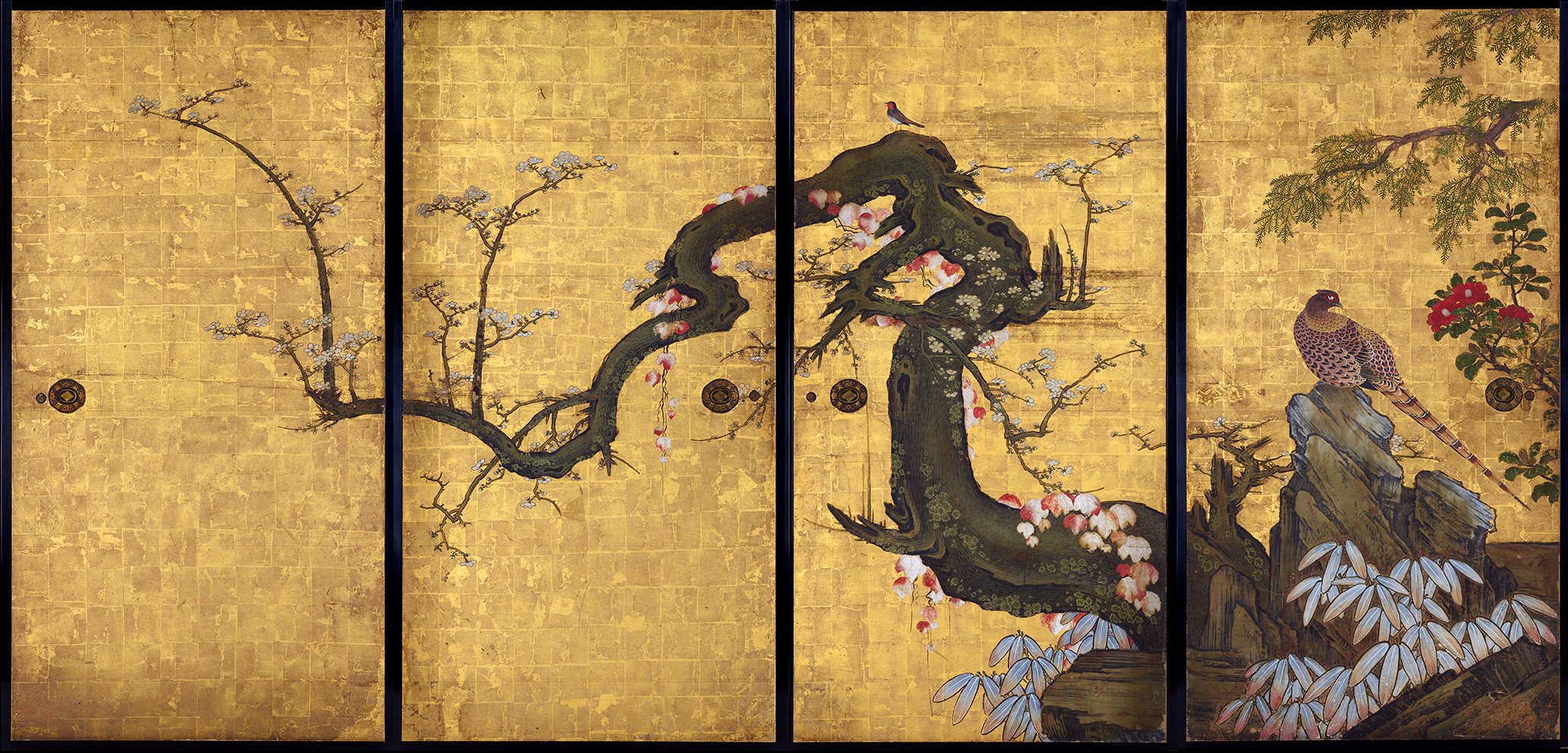Western and Eastern Art Traditions :
The exploration of Western and Eastern art traditions offers a captivating journey through the history, philosophy, and aesthetics that have shaped cultures across the globe. These two vast art traditions, each rich in history and complexity, provide a fascinating study in contrasts and similarities, reflecting broader cultural, religious, and social values. This comparative study aims to delve into the defining characteristics, influences, and evolution of Western and Eastern art, highlighting how each has contributed to the global art narrative.
Historical Context and Philosophical Foundations
Western art, originating from the cultures of Europe and North America, is deeply rooted in the classical traditions of Ancient Greece and Rome. It emphasizes the importance of humanism, the value of the individual, and the pursuit of realism. The Renaissance period marked a significant turning point in Western art, with artists like Leonardo da Vinci and Michelangelo pushing the boundaries of realism, perspective, and human anatomy. This tradition has evolved through various movements, including Romanticism, Impressionism, and Modernism, each reflecting changes in society, thought, and technology Western and Eastern Art Traditions.
In contrast, Eastern art, encompassing regions such as Asia (China, Japan, India) and the Middle East, is intertwined with the spiritual and philosophical traditions of Buddhism, Taoism, Hinduism, and Islam. Eastern art is characterized by its emphasis on harmony, balance, and the interconnectedness of nature and spirituality. For example, Chinese art is renowned for its landscape paintings that aspire to capture the spirit rather than the exact likeness of nature. Japanese art, with its minimalist aesthetic, reflects the Zen philosophy of simplicity and mindfulness. Indian art, rich in religious symbolism, portrays a multitude of gods and goddesses with intricate detail and vibrant colors.
Artistic Techniques and Mediums
Western and Eastern art traditions also differ significantly in their techniques and mediums. Western art has historically focused on oil painting, sculpture, and, more recently, digital media, with a strong emphasis on depth, perspective, and a three-dimensional appearance. This focus on realism and individual expression is evident in the lifelike portraits and sculptures that aim to capture the physical and emotional essence of the subject.
Eastern art, on the other hand, employs a wide range of mediums including ink painting, calligraphy, silk, and paper. Techniques such as brush painting in China and woodblock printing in Japan prioritize line and form over depth and perspective. These techniques are not merely artistic choices but are deeply rooted in philosophical and cultural ideals, emphasizing the flow of energy (Qi) and the essence of the subject.
Themes and Symbolism
Themes and symbolism in Western and Eastern art reflect the diverse cultural values and philosophies of their respective traditions. Western art, with its roots in Christian iconography, often explores themes of religious faith, humanism, and the natural world as seen through the lens of individual experience. From the Biblical narratives of the Renaissance to the existential questions of Modern art, Western art is deeply engaged with the individual’s place in the universe and society Western and Eastern Art Traditions.
Eastern art, conversely, tends to focus on themes of nature, the divine, and the philosophical. The symbolism in Eastern art is rich and varied, drawing from a wide array of cultural and religious traditions. In Chinese art, for example, the bamboo represents resilience and integrity, while in Japanese art, the cherry blossom symbolizes the ephemeral nature of life. These themes are not just decorative but are imbued with deep philosophical meanings, reflecting a holistic view of the world where humanity is intimately connected with nature and the cosmos.
Influence and Cross-Pollination
The interaction between Western and Eastern art traditions has been a source of inspiration and innovation. The opening of Japan to the West in the 19th century introduced European artists to Japanese prints, influencing the development of Impressionism and Post-Impressionism. Similarly, the fascination with the exotic and the oriental in the 19th and early 20th centuries brought Eastern aesthetics into Western art, seen in the works of artists like Vincent van Gogh and James Whistler.
In contemporary times, globalization has facilitated an even greater exchange of ideas, techniques, and aesthetics between Western and Eastern artists. This cross-pollination has enriched the global art scene, leading to new forms of expression that transcend traditional cultural boundaries.
Conclusion
The comparative study of Western and Eastern art traditions reveals a rich tapestry of human expression, shaped by diverse cultural, philosophical, and historical influences. While distinct in their approaches and ideals, both traditions offer profound insights into the human condition, the natural world, and the spiritual realm. Understanding these differences and similarities not only deepens our appreciation of global art history but also highlights the universal capacity for creativity and expression that binds humanity across time and space Western and Eastern Art Traditions.
Read More Content On InfoTrendingZone Click Here

Thank you for your sharing. I am worried that I lack creative ideas. It is your article that makes me full of hope. Thank you. But, I have a question, can you help me?
Thank you.
Sure